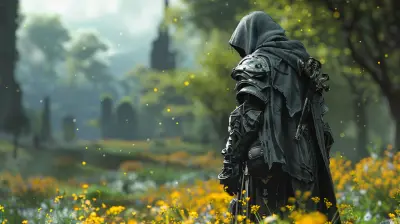Designing Complex Boss Fights: Crafting Challenges That Players Love
23 October 2025
Let's face it — weak boss fights suck.
We’ve all been there. You grind through hours of intense gameplay, gearing up for the big showdown, and then? Bam. A boss fight so predictable and uninspired that it leaves you wondering why you even bothered. The stakes are high, but the challenge? Barely lukewarm.
Now flip that scenario. Think of your favorite boss fights of all time. Chances are, they were tough, unpredictable, and tested every skill you’d learned along the way. That, my friend, is what we’re diving into today: the art of designing complex boss fights that don’t just live up to the hype — they blow players’ minds.
Welcome to the boss-fight dojo.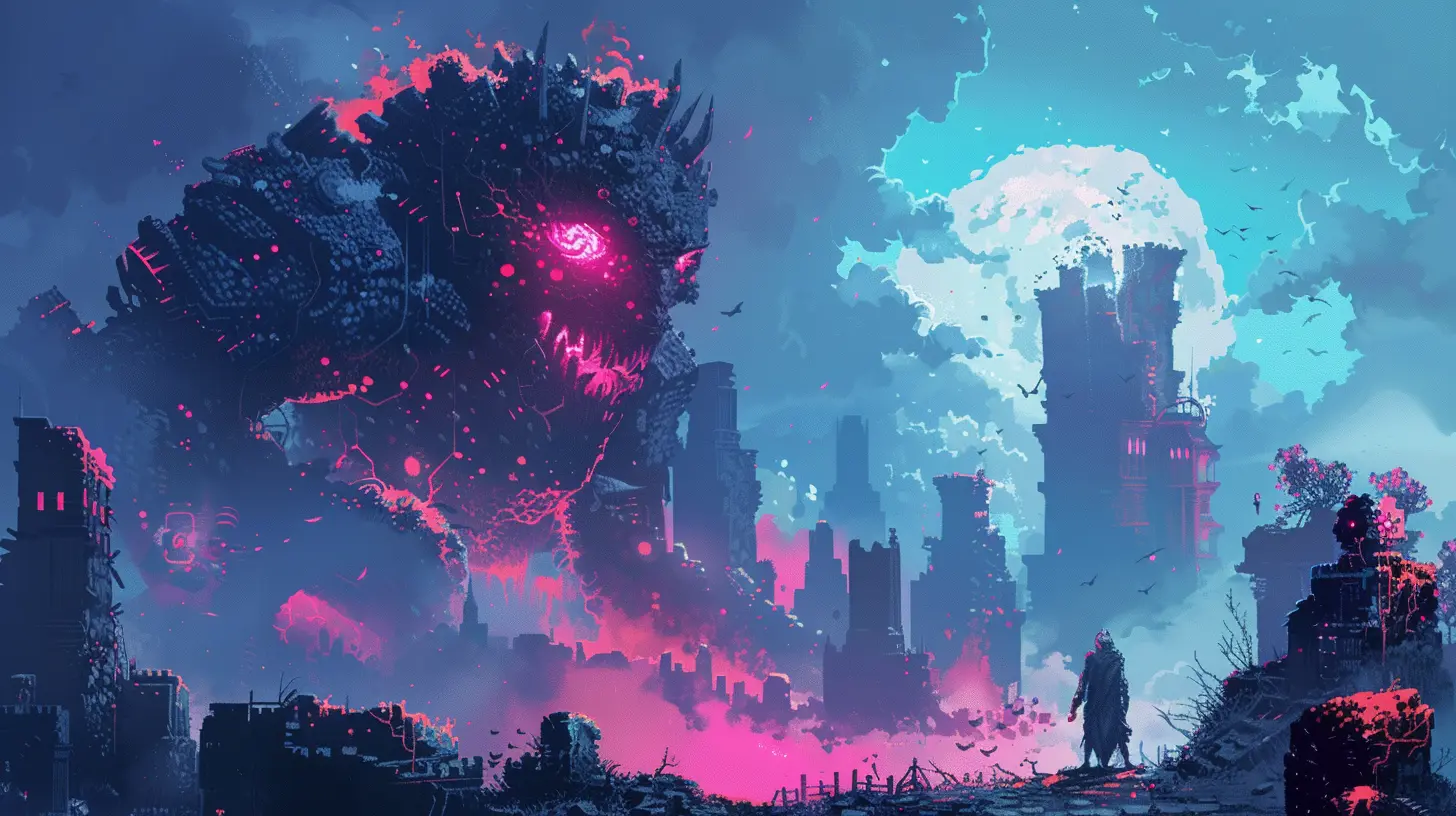
Why Boss Fights Matter More Than Ever
Boss battles serve as the ultimate test of everything a player has learned so far. They’re milestone moments — climactic, emotional, and often unforgettable.A great boss fight does more than just stand in the player’s way. It tells a story. It challenges the player’s mastery of the game’s mechanics. It demands strategy, adaptability, and grit. Done right, it becomes the moment people talk about long after the credits roll.
So how do you craft those epic moments?
Let’s break it down.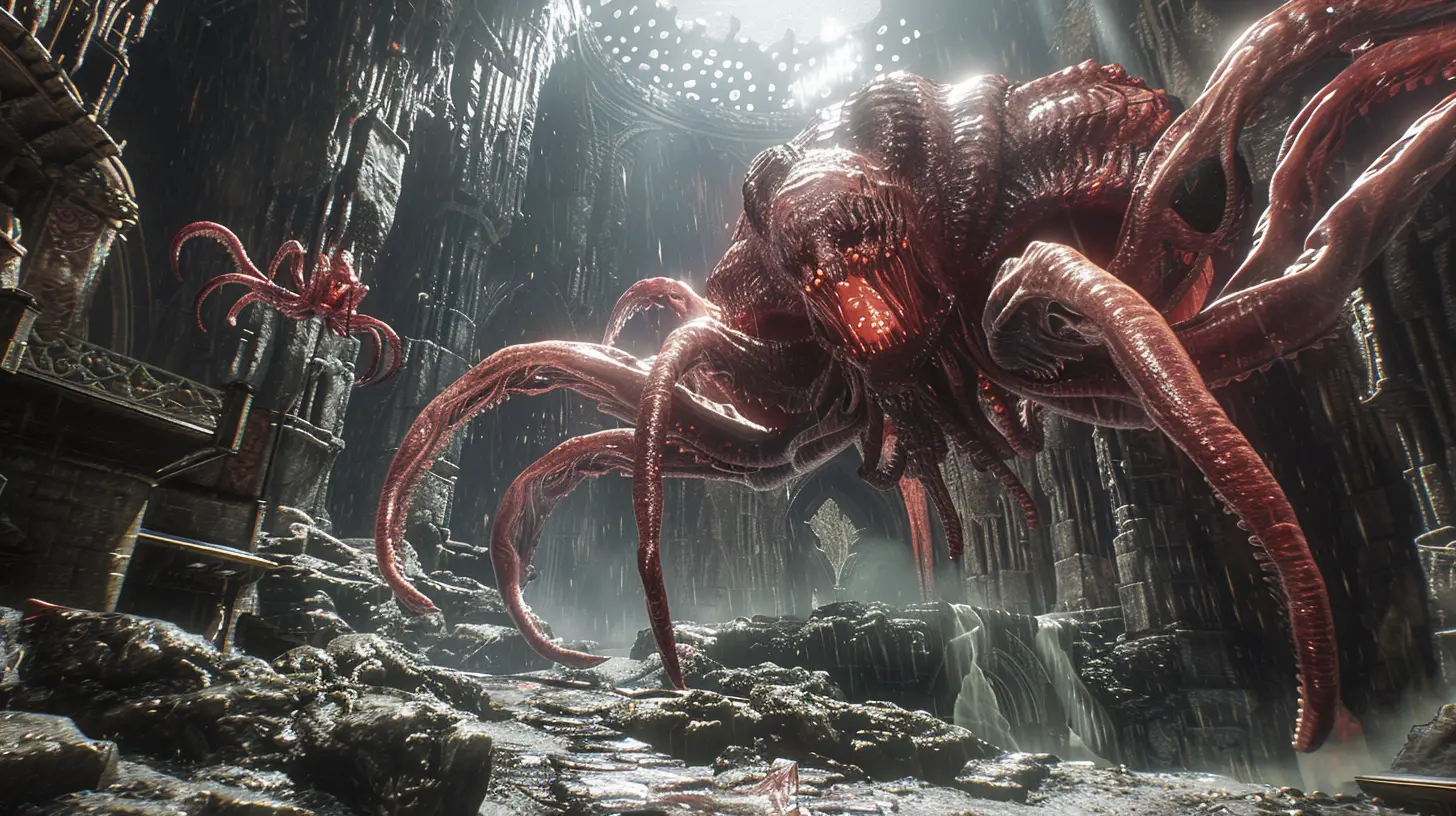
Step 1: Anchor the Boss in the Game’s Lore
You can have the toughest, coolest-looking boss in the world, but if it feels random or disconnected from the story, players won’t care. A compelling boss needs roots — a reason for being.Ask yourself:
- Who is this boss in the world of the game?
- Why are they a threat?
- What’s at stake in this confrontation?
Think of bosses like Sephiroth (Final Fantasy VII) or GLaDOS (Portal). They're not just “end-stage baddies” — they're twisted reflections of the game's narrative, purposefully built up from the very beginning.
Make your boss a piece of the world, not just a speed bump on the way to the credits.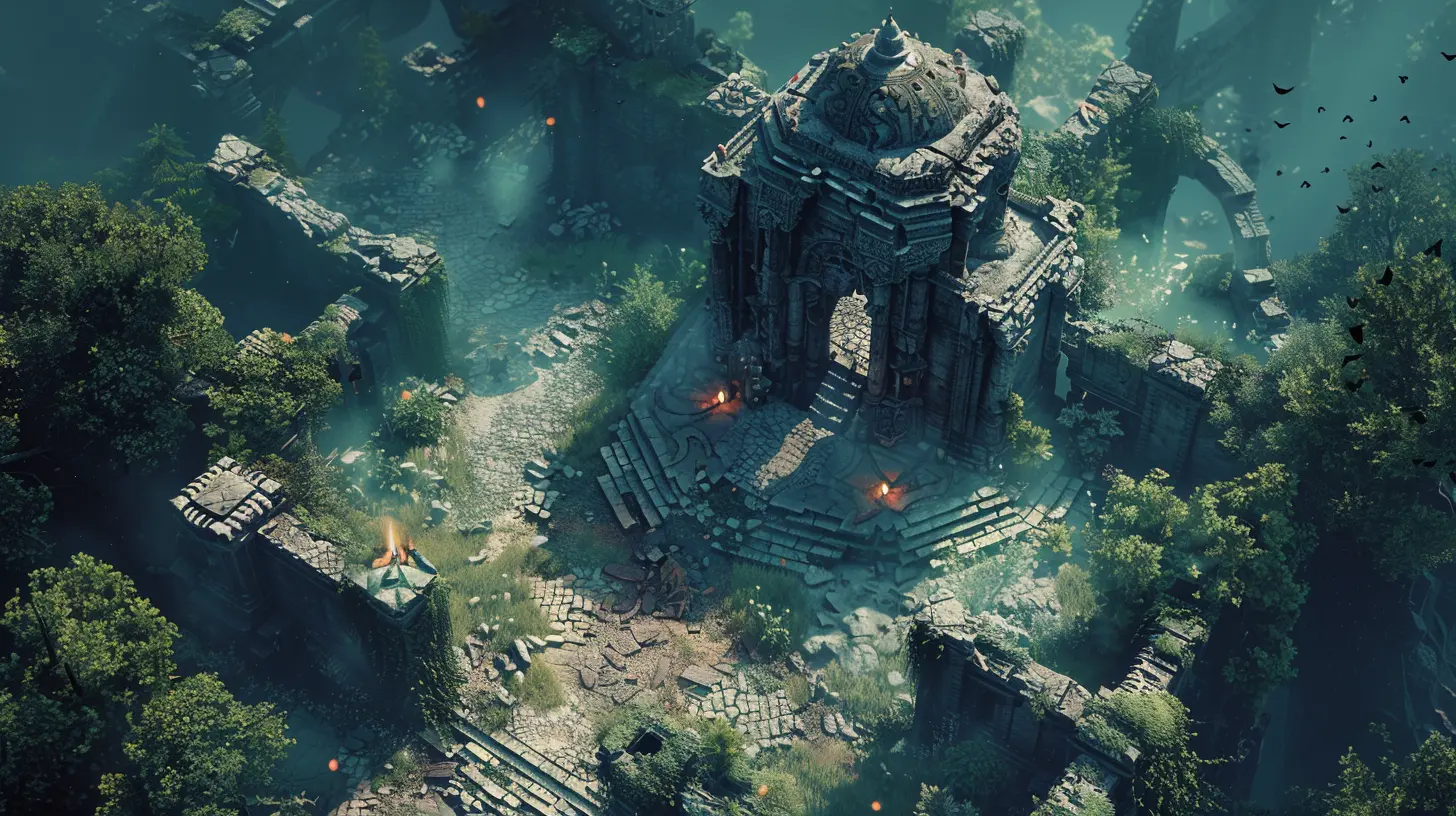
Step 2: Build a Multi-Phase Battle
One-phase bosses are like flat soda — lifeless and predictable. The real juice comes from multi-phase fights that evolve over time.Take inspiration from games like Dark Souls or Bloodborne, where a boss flips the script halfway through the encounter. Maybe they transform. Maybe they change tactics. Maybe they even revive, stronger than before.
This keeps the player on their toes. What works in Phase 1 won’t fly in Phase 2. It's a rollercoaster that forces constant repositioning — both mentally and physically.
Pro tip: Use phase transitions to reflect the boss’s personality or lore. For example, a calm, calculating villain might open with surgical precision, then explode into unhinged chaos once wounded.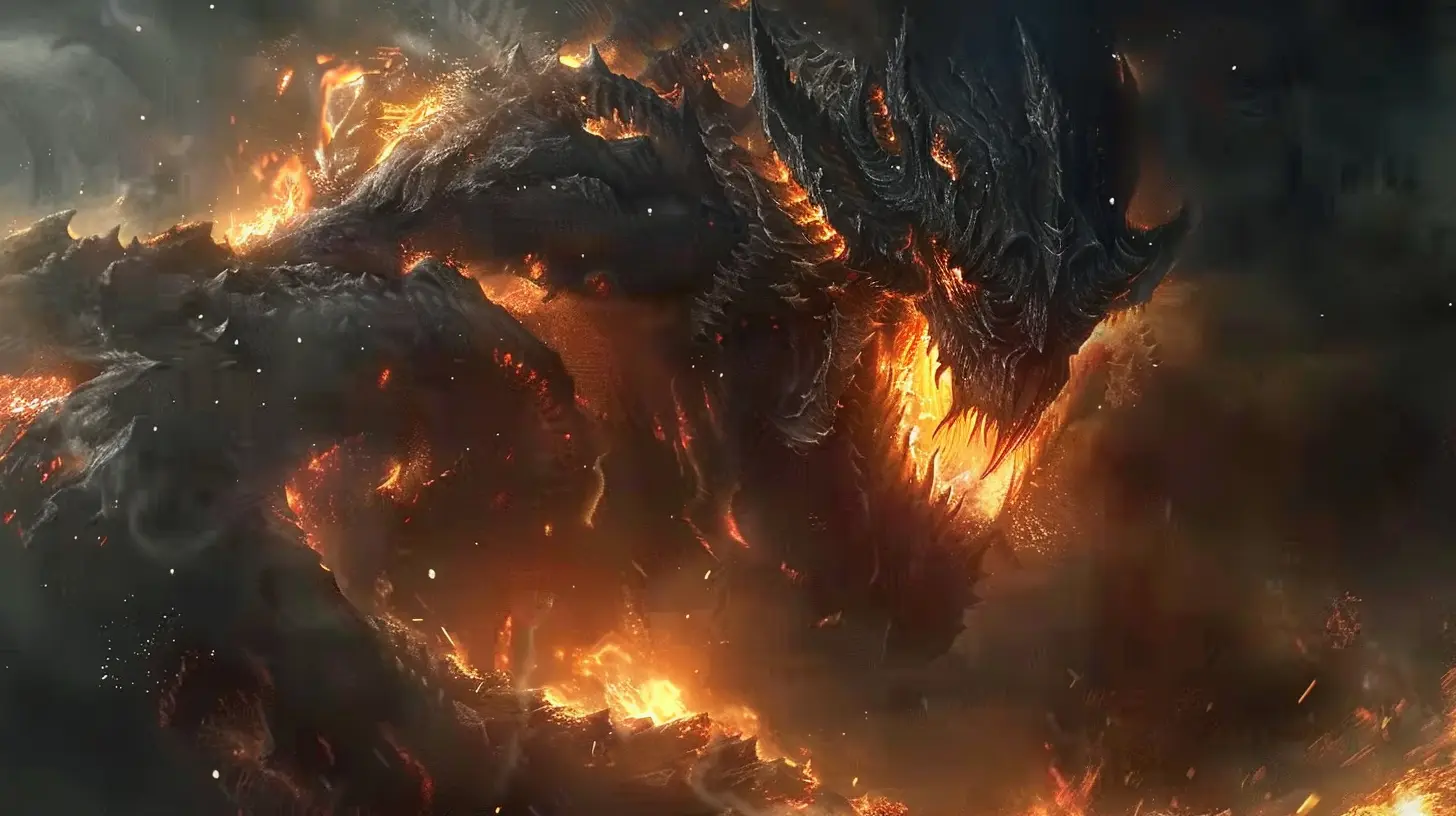
Step 3: Create Mechanics That Require More Than Just Button Mashing
Sure, spam attacks and brute force might work early game, but a good boss fight punishes lazy habits. You want the player to think. React. Adapt.Consider incorporating:
- Environmental hazards – Moving platforms, collapsing floors, fire traps.
- Puzzles mid-fight – A shield that drops only when the boss is lured to a specific spot.
- Time limits, resource management, or even NPCs who change the outcome depending on how you interact with them during the fight.
These mechanics are the seasoning that turns a bland battle into a five-star feast. Keep mixing it up — just don’t overwhelm the player. Balance is key.
Step 4: Telegraph Attacks (But Not Too Much)
Telegraphing — showing visual or audio cues before an attack — is critical. It’s a language. It teaches players how to survive without using baby-mode tutorials.But don’t make it too obvious.
You want players to feel smart, not babysat. Hints should be there, but mastering them should take effort. Maybe the first time a boss raises their arm, you get hit. But the second time? Boom — you dodge like a pro, and you feel unstoppable.
This learning loop is addictive. It’s what makes players say, “Just one more try.”
Step 5: Use Sound and Music Like a Weapon
You know that feeling in your gut when a boss theme hits just right? That’s not accidental.Music sets the tone. Whether it’s something grand and orchestral or chaotic and distorted, the right soundtrack does emotional heavy lifting.
But don’t stop there.
Use silence after major moves. Trigger audio cues for attacks. Make the boss's voice taunting, or eerily calm. Every sound is a weapon in your design arsenal. Wield it like one.
Step 6: Allow for Strategy Diversity
Let players fight their way.The best boss fights don’t force players down a single path. Instead, they reward experimentation and allow different builds and playstyles to shine.
Did you build a tank with high defense? You should be able to survive longer. Fancy a glass-cannon mage with massive AoE spells? Precision timing should be your friend. Love stealth? Bake in a moment or two where clever sneak attacks pay off.
Pro tip: Watch out for mechanics that unintentionally punish certain builds. Unless your game is openly linear or class-specific, make sure all characters have a fighting chance — with different strengths and strategies.
Step 7: Add Personality (Lots of It)
Let’s not forget — a boss should be memorable. That means more than just spikes and glowing red eyes.Give them:
- Unique animations
- Quirky voice lines
- Signature moves
- A distinct fighting style
Think of Mettaton from Undertale or Psycho Mantis from Metal Gear Solid. They didn’t just fight you — they entertained, unsettled, and surprised you.
Make your boss a character, not just a health bar with limbs.
Step 8: Play with Emotions
Players remember how a boss made them feel — not just how hard it was.Hit them in the feels.
Was this their mentor? Their sibling? Was the boss once a hero themselves who fell from grace? Layer your fight with emotional weight. Give the player a reason to hesitate, or to rage even harder.
One of the most powerful things you can do is make a boss fight feel tragic. Like they had no other choice. Or maybe they did — and they betrayed you anyway.
These emotional punches stick like glue.
Step 9: Reward Players Meaningfully
So the player took down your perfectly designed, soul-crushing boss fight. They deserve a cookie. Or better — a game-changing loot drop. A new ability. A chunk of juicy lore.Whether it's narrative closure or mechanical reward, make sure players walk away with something unforgettable.
Because guess what? That reward, that “HELL YES!” moment, is what’ll keep them coming back for more.
The Secret Sauce: Iterate, Test, and Then Test Again
This isn’t something you design, ship, and move on from. Complex boss fights require tuning — and lots of it.Playtest with different builds. Watch real players. Identify cheese tactics. Make sure the fight is hard, yeah — but fair.
A great boss fight is like a finely tuned instrument. It takes time to tweak the strings, but once you nail it? The song it plays is legendary.
Real Talk: What Makes a Boss Fight “Complex”?
Let’s simplify complexity (I know, sounds weird).A “complex” boss fight isn’t just about more phases or crazy damage output. It’s about layers.
Layers of:
- Mechanics
- Emotions
- Strategy
- Story
- Surprise
Each layer adds flavor, like a lasagna of mayhem. Too many layers, and you overload the player. Too few, and it’s forgettable. The sweet spot? Right in the middle — challenge with clarity, chaos with purpose.
Final Thoughts: Don't Just Make a Boss — Make a Legend
You’re not designing just another digital punching bag. You’re crafting an experience — a memory. Something players will rant and rave about with their friends, years down the line.Every epic boss fight ever made had two ingredients: challenge and character.
So bring the heat. Be bold. And for the love of gaming, don’t make the boss just a bigger version of a normal enemy with a bigger health pool.
Players deserve better.
And you're the one to give it to them.
all images in this post were generated using AI tools
Category:
Game DevelopmentAuthor:

Francesca West
Discussion
rate this article
1 comments
Haze Cross
Absolutely loved this article! Designing boss fights is an art form that can make or break a game. There’s nothing quite like the adrenaline rush of finally conquering a well-crafted challenge. Can't wait to see how these insights shape future epic encounters. Keep up the great work!
October 26, 2025 at 4:21 AM
